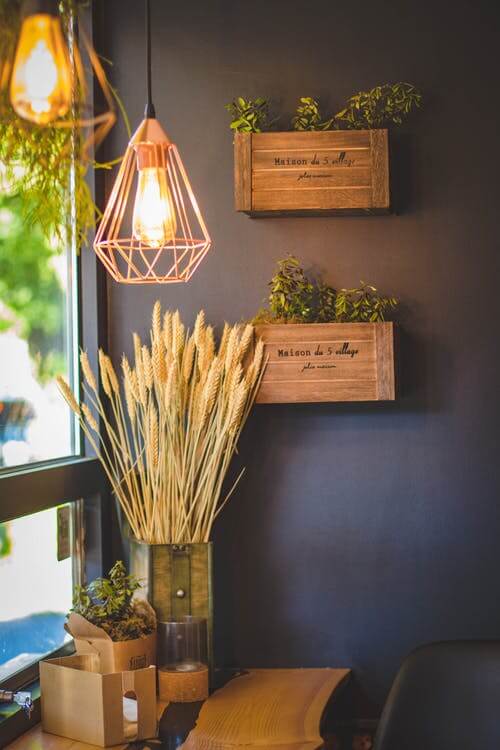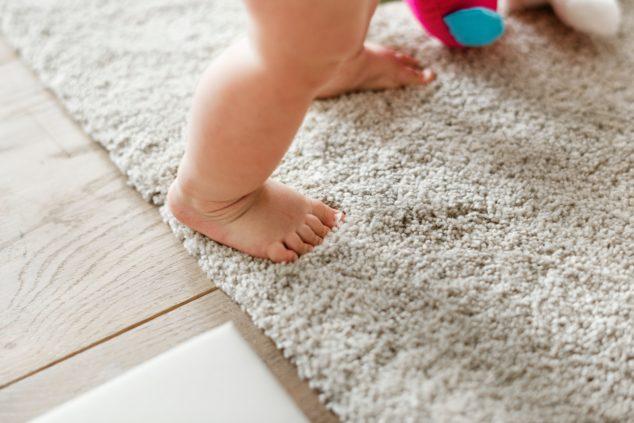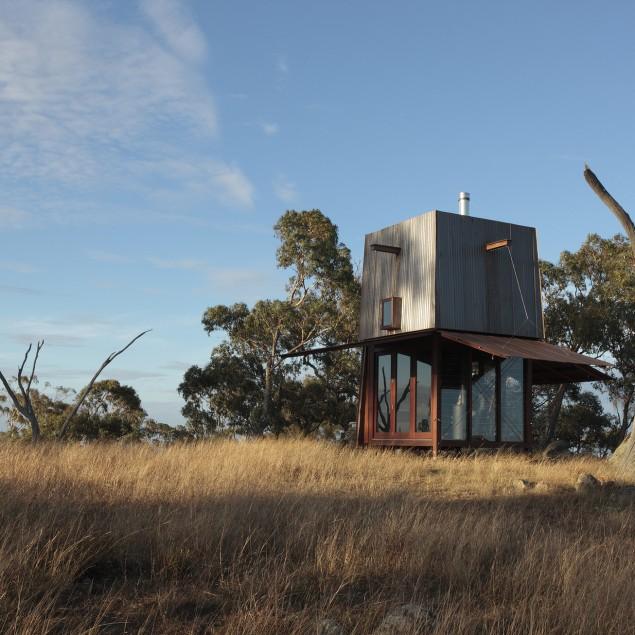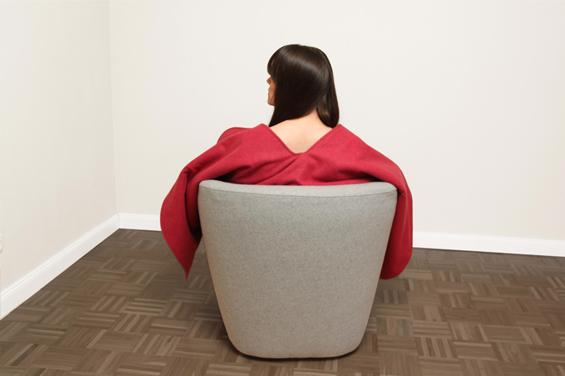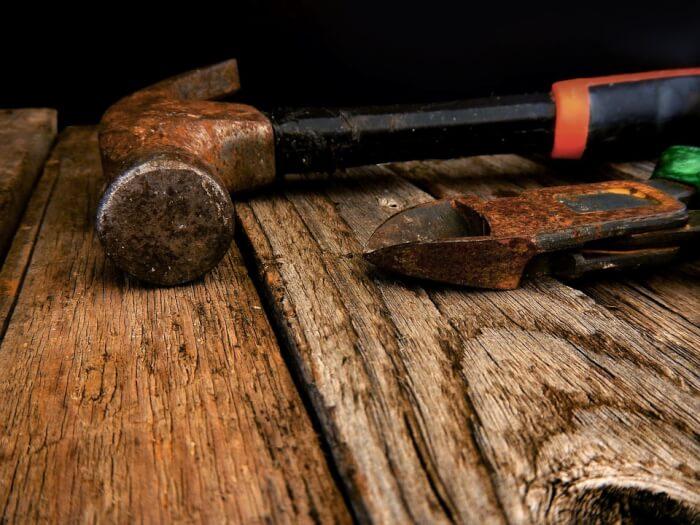It stands to reason that any living space that is below ground level could be vulnerable to water ingress and flooding which is why you need to do what you can to protect these rooms and preserve everything inside them.
Keeping your basement waterproof involves taking a proactive approach and following a series of steps to prevent water from finding a way to get inside if you can help it.
Here is a look at some of the key ways you can make your basement as watertight as possible.
Using a moisture barrier system
What you want to find is a waterproofing system that is capable of removing water away from the area in a much more efficient way than a conventional drainage system.
A basement moisture barrier system will be able to offer a good level of protection from the threat of incoming moisture.
Even if you have a good drainage system in place it should be remembered that any sort of damp or wet basement area could easily contribute to problems with mold, as well as the potential for a sagging floor and a basement wall that starts to fail under the strain of damp conditions.
Look for a moisture barrier system that is designed to prevent water seeping into your basement and provides an escape route for any pooling water that accumulates in this area.
Don’t forget your exterior
Preventing water problems in your basement involves a series of initiatives that combine for an effective barrier, so you will need to look at trying to prevent water from entering the property from the outside and look at ways to contain seepage and damp on the inside as well.
An obvious issue that you will need to address is if the ground around your house doesn’t have a suitable gradient and water isn’t able to drain away from the property.
Check whether you have proper ground sloping and that the water is able to drain away from the foundation, rather than sitting, or worse, channeling toward the property.
Problems with exterior grading are a regular culprit and cause of leaks and flooding. Aim to create a slope that extends for a minimum of six feet or more away from your home and the gradient should be a minimum of six inches to be effective.
Keep your gutters in good order
Another classic source of basement water problems is a poorly maintained guttering system.
Your home relies heavily on an effective and fully-functioning drainage system to protect it and the rainwater has to go somewhere, which could be inside your home if it doesn’t drain away from your property and collects at the base.
Check your gutters regularly and clear away any debris that could prevent water from running freely as this will help protect your basement.
Apply a sealant to your interior walls
A simple method for helping to prevent leaks into your property would be to apply a sealant or proprietary waterproofing solution the interior walls.
This sort of measure is quick and cost-effective but it is only likely to provide a relatively low level of protection when compared to a waterproofing system.
However, if you are only suffering from minor and infrequent leakages in your basement this could prove to be an effective way to deal with your waterproofing requirements.
It is probably not advisable to rely entirely on using a wall sealant to protect your basement but it could certainly help by providing a barrier and a reasonable line of defense.
Consider fitting a French drain
If you are having some serious problems with water invasion it might be the case that you need to consider the idea of installing a French drain in your basement.
This type of drain is a piping system that is designed to be installed as a continuous drain that runs around the perimeter and beneath the floor of your basement, allowing water to drain efficiently toward a sump pump that then removes the water away from the area.
A professional solution
Some of the preventative measures and methods already mentioned could be considered a DIY project that you could undertake on your own as the homeowner, but if you want a more sophisticated and effective waterproofing solution you might want to consider Hydroclay injection.
The technique involves pumping clay into the various pathways and voids that could be followed by water as it finds a way to impregnate your foundation.
The effect of Hydroclay is that it is able to draw the water in while sealing your basement from the outside of your property at the same time.
Check your chimney stack
Another potential source of water invasion is if your chimney stack is in need of repair and the masonry needs repointing
Inspect the masonry around the stack and take a look at the chimney itself to see if you can spot any obvious signs of damage to the brickwork or if the pointing needs repairing, as this will be an obvious entry point for water.
If you are fairly competent and have some DIY skills you might be able to render the stack using a primer followed by sand and cement mixture that also includes a waterproof ingredient. Alternatively, get a professional to clean and repair the masonry before applying a waterproof coating.
Chimney stack damp is a contributory factor when you are suffering from damp and general water problems in your basement so keep an eye on its condition and repair any signs of damage straight away, before the water invasion has a chance to do more damage.
Making your basement completely waterproof is a challenge and it might require some professional assistance but there are a number of viable solutions that can be used successfully to protect this underground living space from damage and damp.
It is always better to be proactive rather than reactive when it comes to potential water damage to your property to work out a way to protect your basement and check regularly to ensure that space is staying dry.
